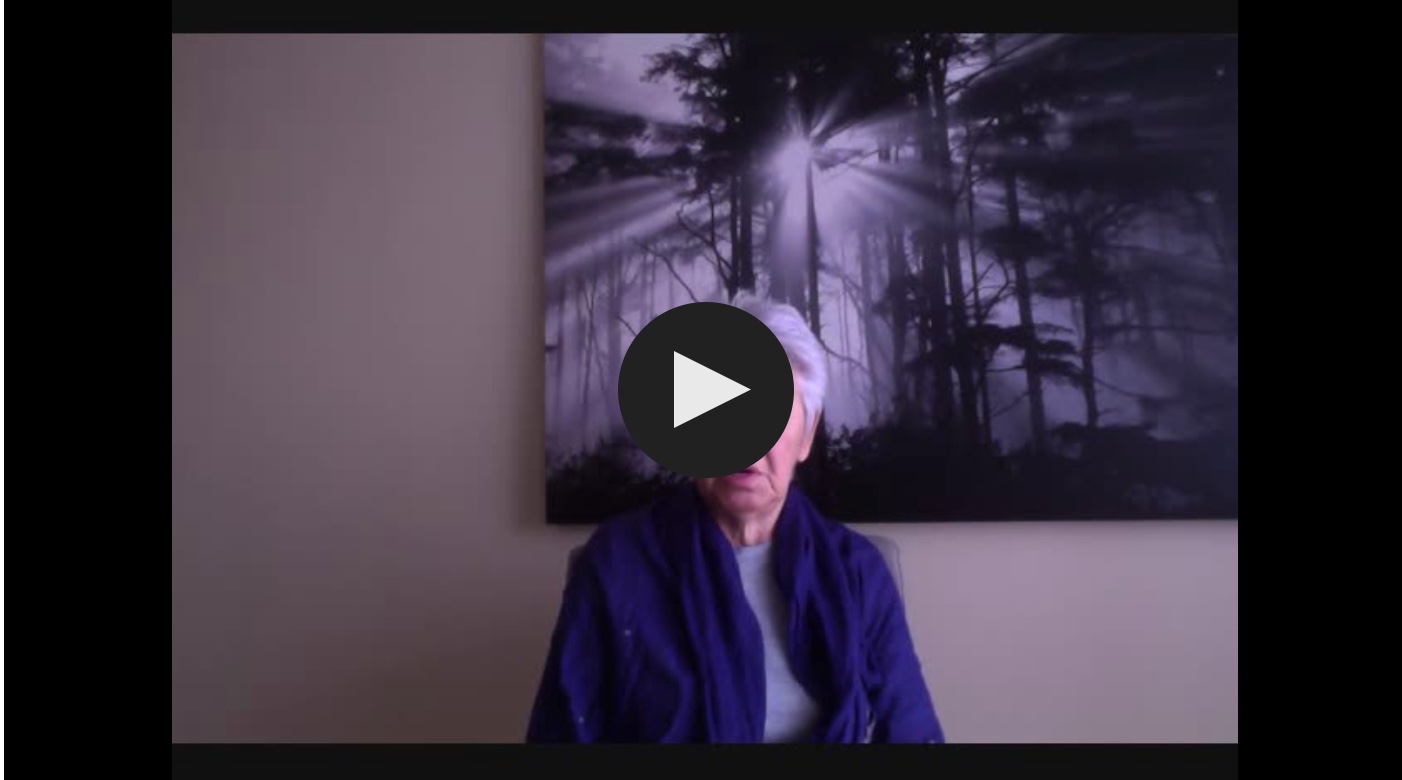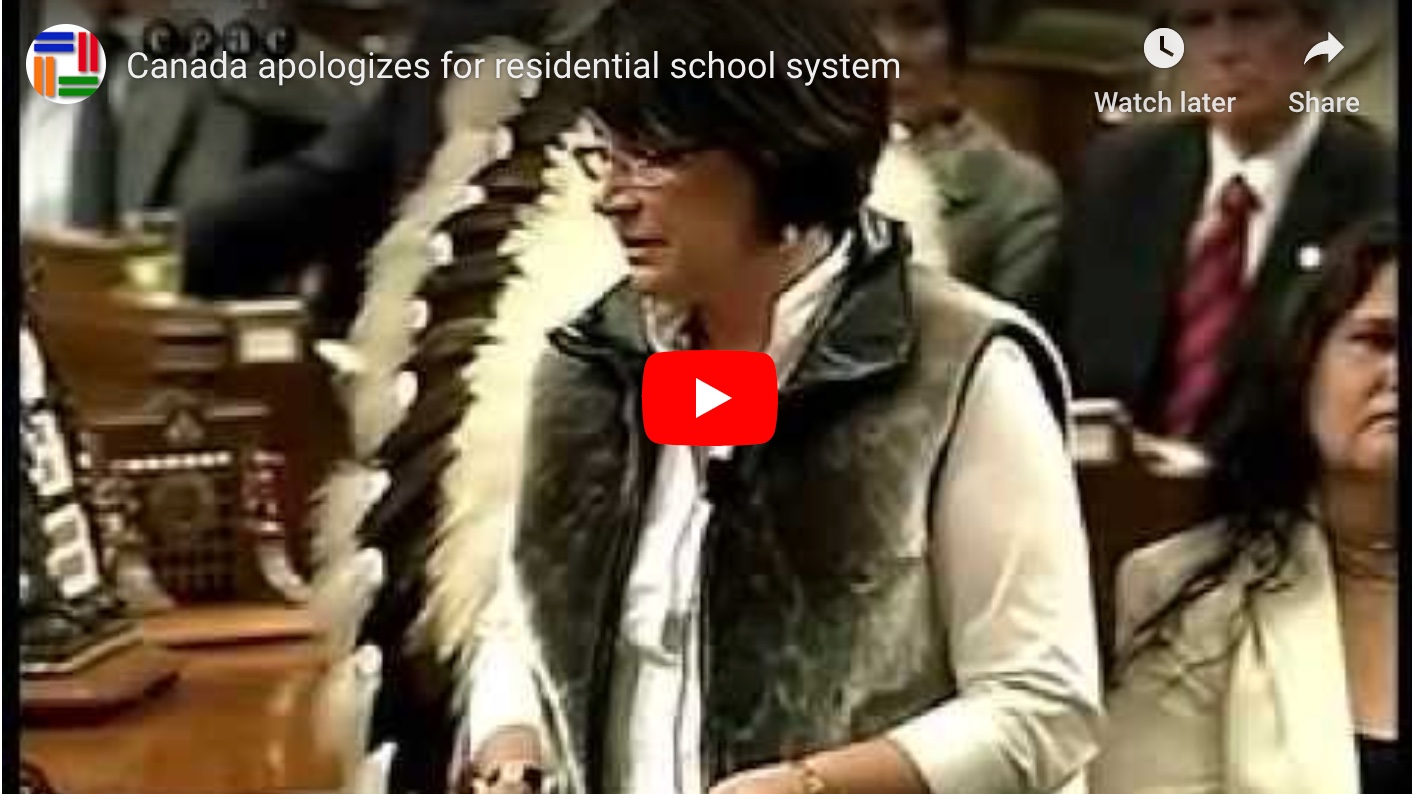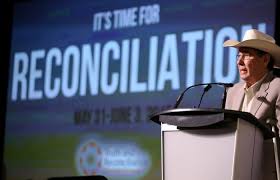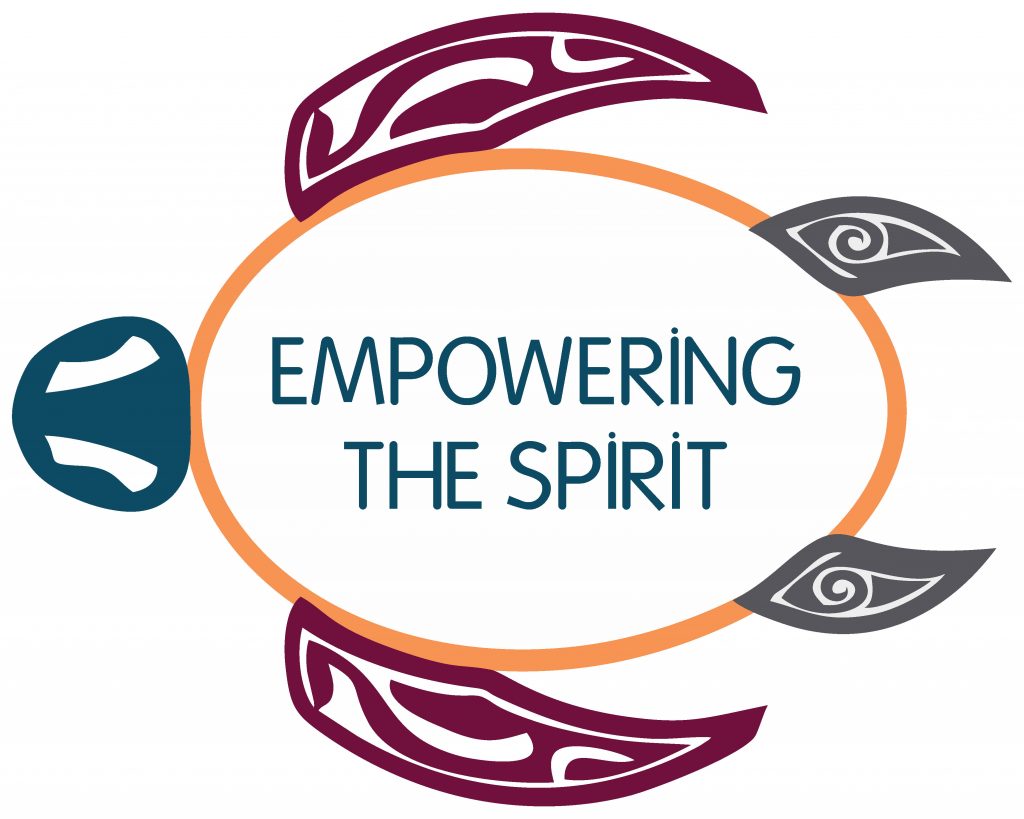Learning Objectives
As a result of participating in this module, you will:
- Appreciate contemporary First Nations, Métis and Inuit contributions in the 21st century.
Building Background Knowledge
Looking at the list below, choose two Indigenous role models to research. In the discussion box, share two interesting facts you learned about each related to their contributions to society.
Elijah Harper (Oji-Cree): In 1990, with an eagle feather raised, Manitoba's lone aboriginal MLA voiced his opposition to the Meech Lake Accord -- a constitutional amendment to gain Quebec’s acceptance of the Constitution Act. The accord had been negotiated without the consultation of First Nations and Harper's historic stance brought the accord to a standstill.
Alanis Obomsawin (Abenaki): A documentary filmmaker whose more than 40 films have chronicled indigenous life in Canada from the 1971 debutChristmas at Moose Factory to her most famous work Kanehsatake: 270 Years of Resistance.
Louis Riel (Métis): The founding father of Manitoba and a leader to the Métis people, Riel sought to preserve the rights and culture of the Métis among the encroachment of European influence across the country and into the west.
Tom Longboat (Onondaga): He ran the 1907 Boston Marathon 4:59 seconds faster than anyone of the previous winners. Two years later he won the title Professional Champion of the World in another . Longboat's coaches and the press didn’t approve of his training regime and called him “lazy” when he incorporated hard, easy and recovery days – something that is now the norm.
Rosemarie Kuptana (Inuit): A tireless leader of human rights, Kuptana served as the Inuit Broadcasting Corporation president from 1983-1988 where she was instrumental in developing it to express and reflect Inuit culture and society. She was elected to a three-year term as president for the Inuit Tapirisat of Canada in 1991 – the national voice of 35,000 Inuit people.
Chief Dan George (Tsleil-Waututh): He was a poet, actor, and activist. George was the first aboriginal person that people saw on TV and movies, and was nominated for an Academy Award for Little Big Man.
Hiawatha (Onodaga): Born somewhere between the 12th and 13th century, he was central figure in the establishment of the Iroquois Confederacy between the five nations of the Mohawk, Onodaga, Cayuga, Seneca and the Oneida. The Tuscarora joined later to make it what is now known as Six Nations of the Grand River.
Daphne Odjig (Odawa-Potawatomi): She is described as the driving force behind the Indian Group of Seven. Her paintings are in the Woodland style and her work has addressed colonization, women and children and erotica.
Harold Cardinal (Cree): He rose to national prominence with the publication of The Unjust Society, in answer to then prime minister Pierre Trudeau's proclamation that Canada was a “just society.” He was the main author of the Red Paper – another satirical response to the government’s White Paper policy on the First Peoples.
Kateri Tekakwitha (Mohawk):In the Roman Catholic religion, Kateri was sainted 332 years after her death. It is said that after her death her smallpox scars healed. Others have also reported healing after praying to her and having soil and bone fragments from her grave placed on or near them.
Tanya Tagaq (Inuk) singer, performer, activist
Maria Campbell ( Metis) author, playwright, filmmaker, Elder
Alex Janvier (Cree) artist
Tina Fox ( Stoney Nakoda) Elder, Knowledge Keeper
Clarence WolfLeg Sr. (Blackfoot) Elder, teacher
Bruce Starlight (Tsuuti'na) Elder, teacher
Casey Eaglespeaker (Blackfoot) Elder, teacher
Jackie Wabasca (Cree) dancer, mentor, artist
Narcisse Blood (Blackfoot) Elder, leader
Melvina ManyHeads ( Blackfoot) knowledge keeper, teacher
Sharing Circle Contributions


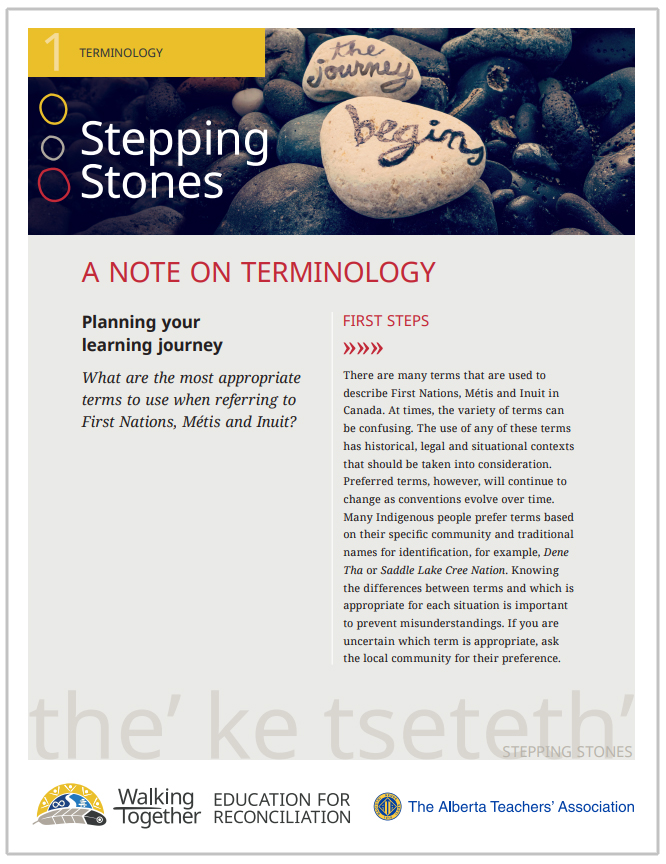 Throughout this course, you will be using terms and terminology which identify and define proper roles, titles and protocol for Indigenous Peoples in Canada. Click here for more information.
Throughout this course, you will be using terms and terminology which identify and define proper roles, titles and protocol for Indigenous Peoples in Canada. Click here for more information.
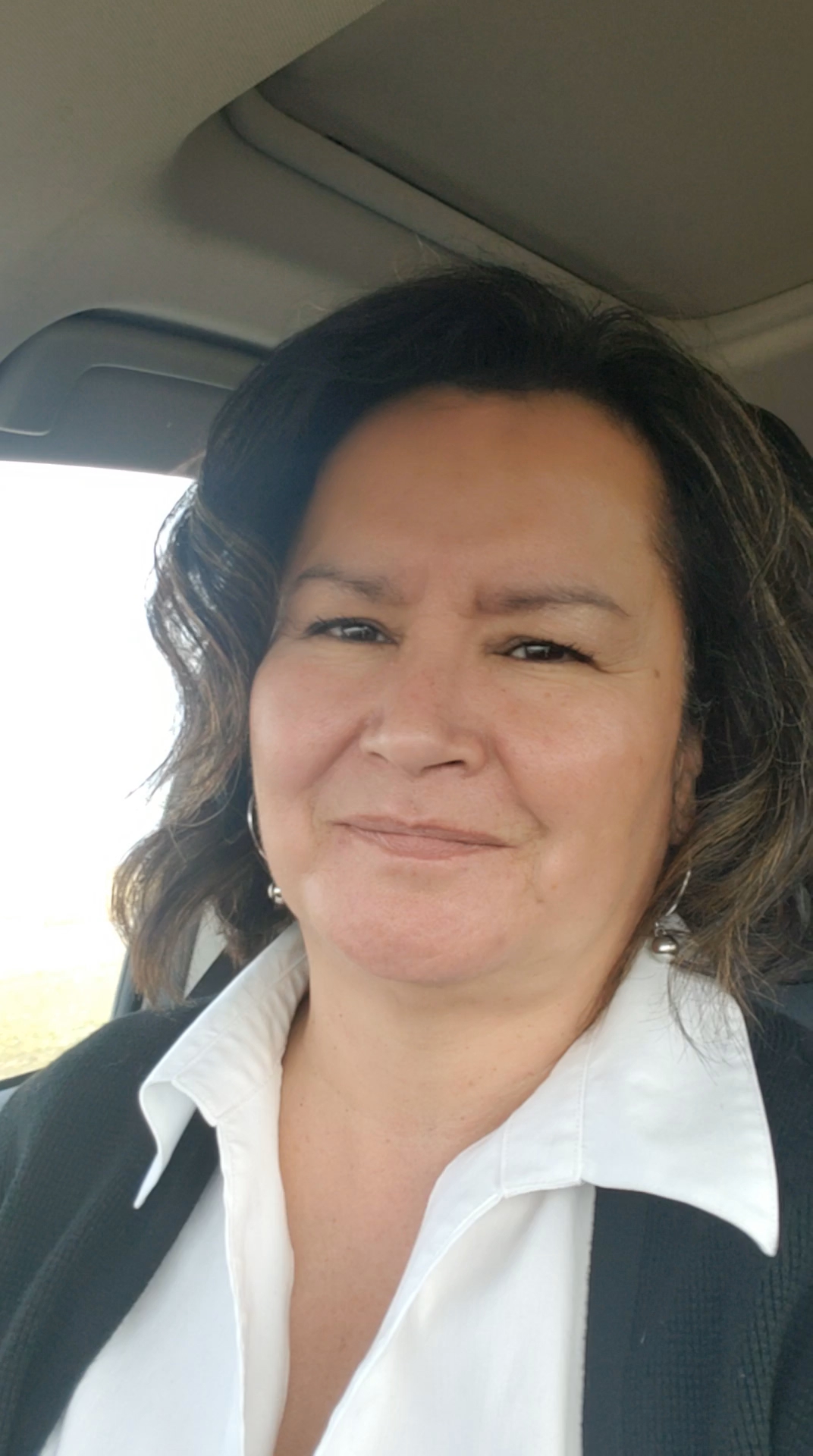


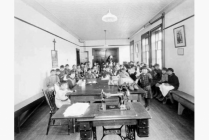
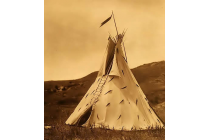

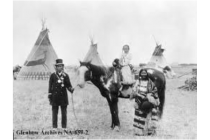
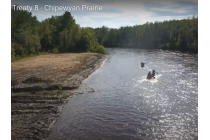
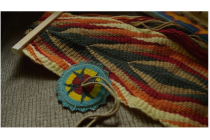

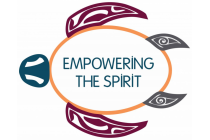
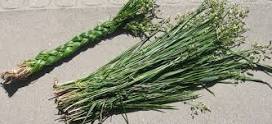
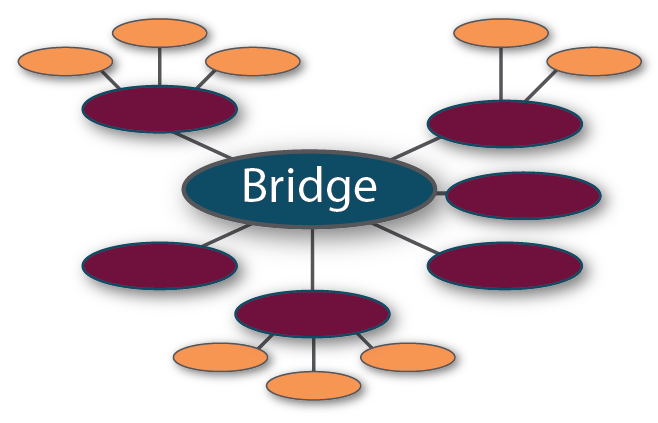
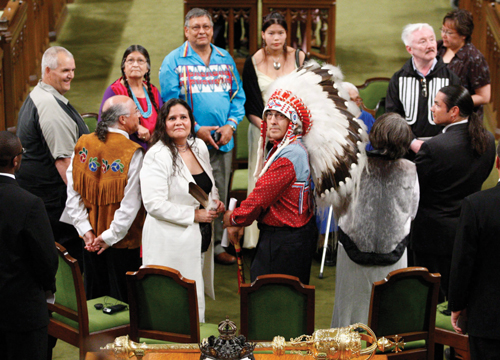
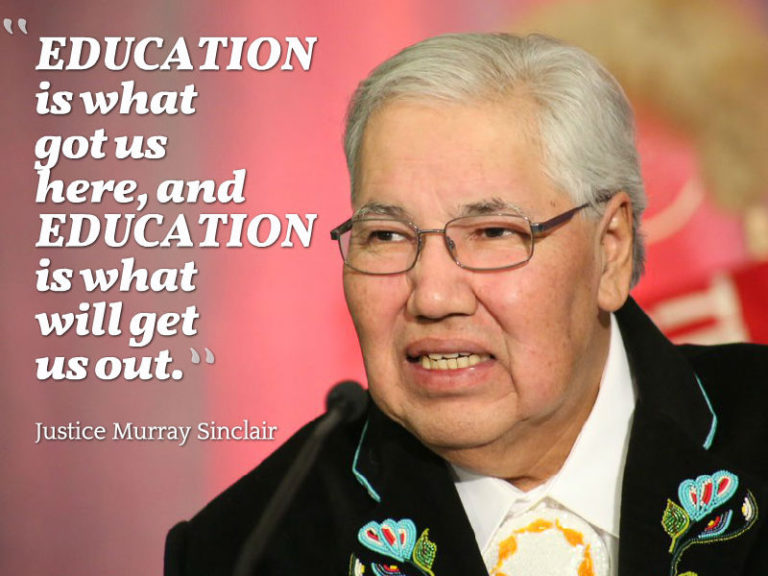 Reconciliation must become a way of life. It will take many years and many generations of healing to right the wrongs that have damaged trust and relationships with Indigenous communities. Reconciliation not only requires apologies, reparations and redressing the residential schools, but it must be honoured with public commendations and authentic change. The change will begin with education and an ongoing dialogue
Reconciliation must become a way of life. It will take many years and many generations of healing to right the wrongs that have damaged trust and relationships with Indigenous communities. Reconciliation not only requires apologies, reparations and redressing the residential schools, but it must be honoured with public commendations and authentic change. The change will begin with education and an ongoing dialogue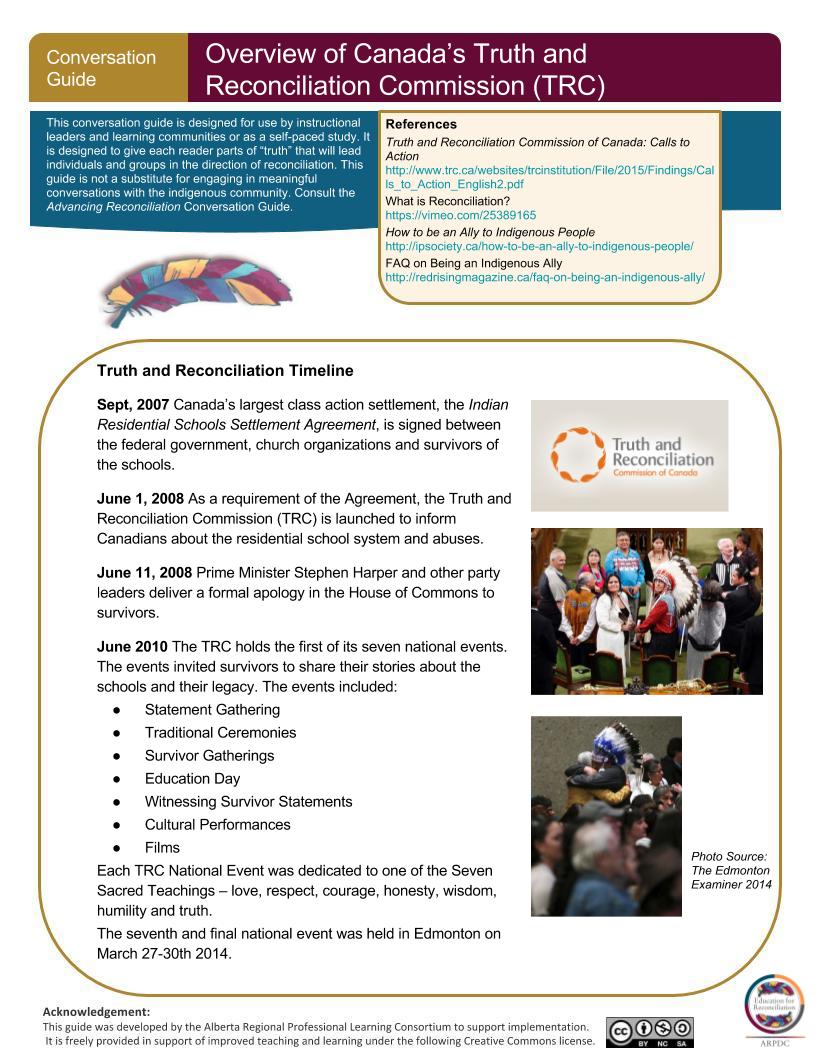 After reviewing the
After reviewing the 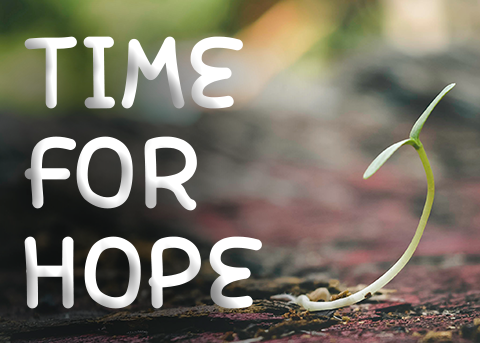 a permanent record of what happened in residential schools and foster healing and reconciliation in Canada.
a permanent record of what happened in residential schools and foster healing and reconciliation in Canada. 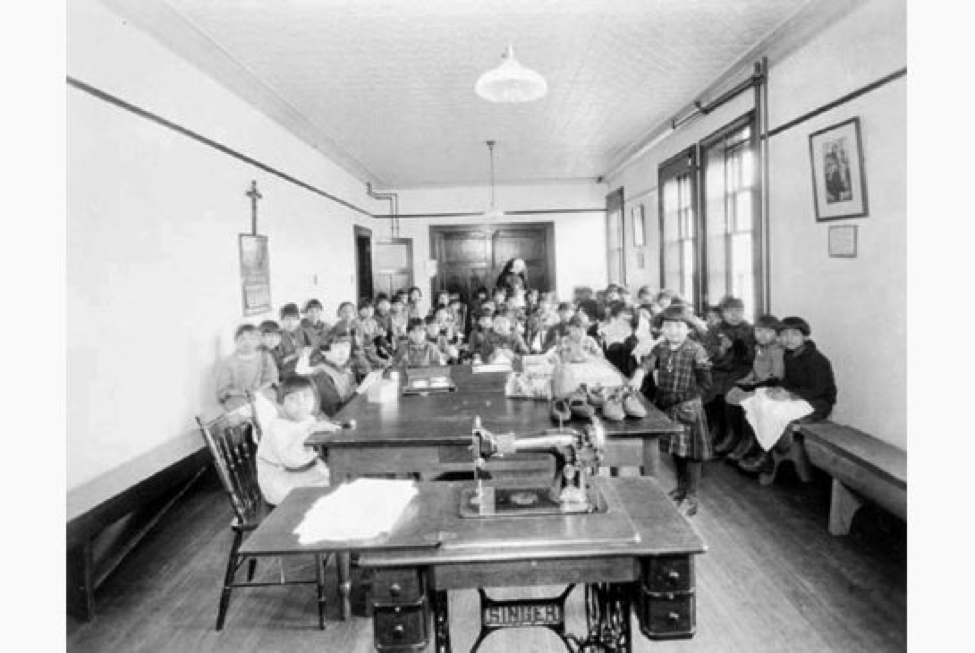 Residential schools were created for the purpose of separating Indigenous children from their families, to dismiss and weaken family ties and cultural connections, and to try to convert children into
Residential schools were created for the purpose of separating Indigenous children from their families, to dismiss and weaken family ties and cultural connections, and to try to convert children into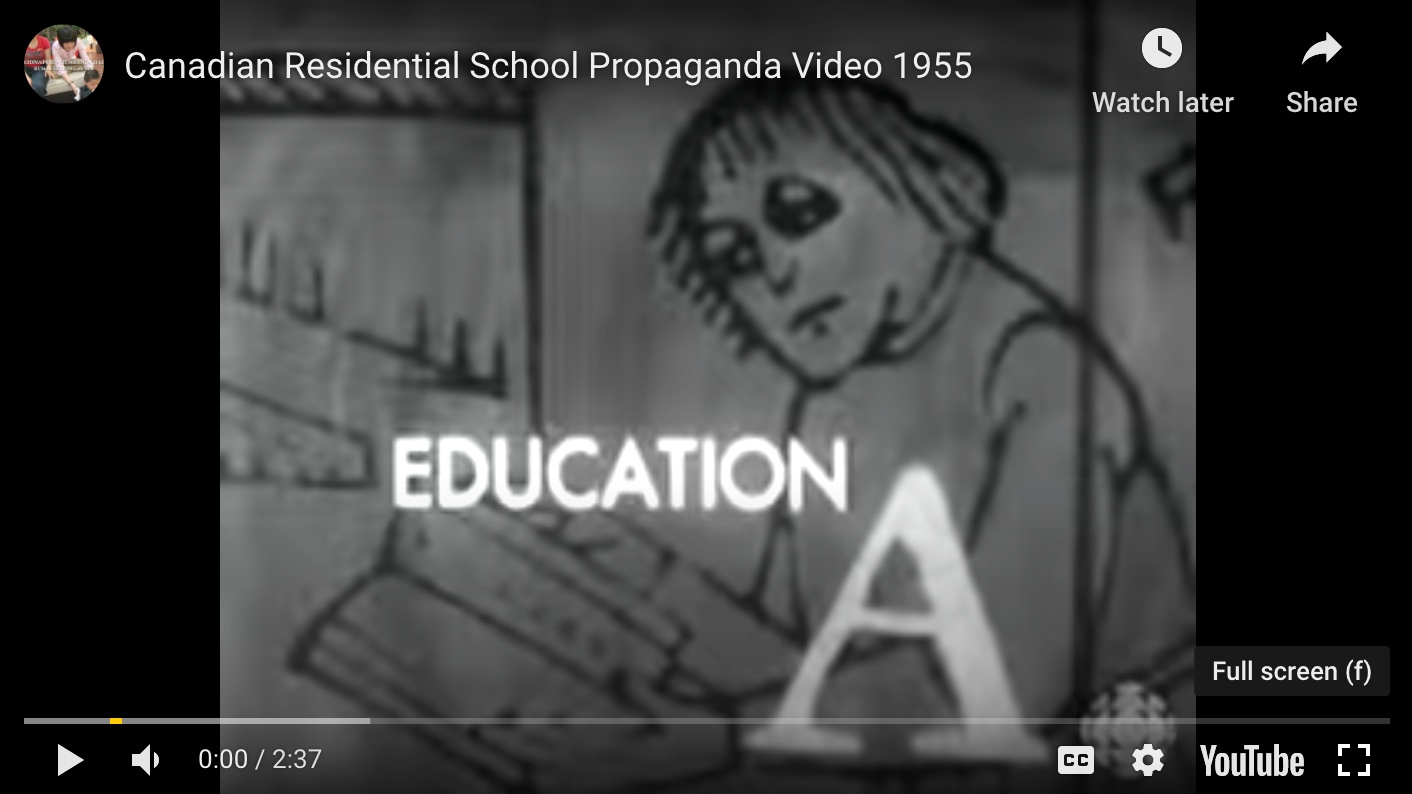
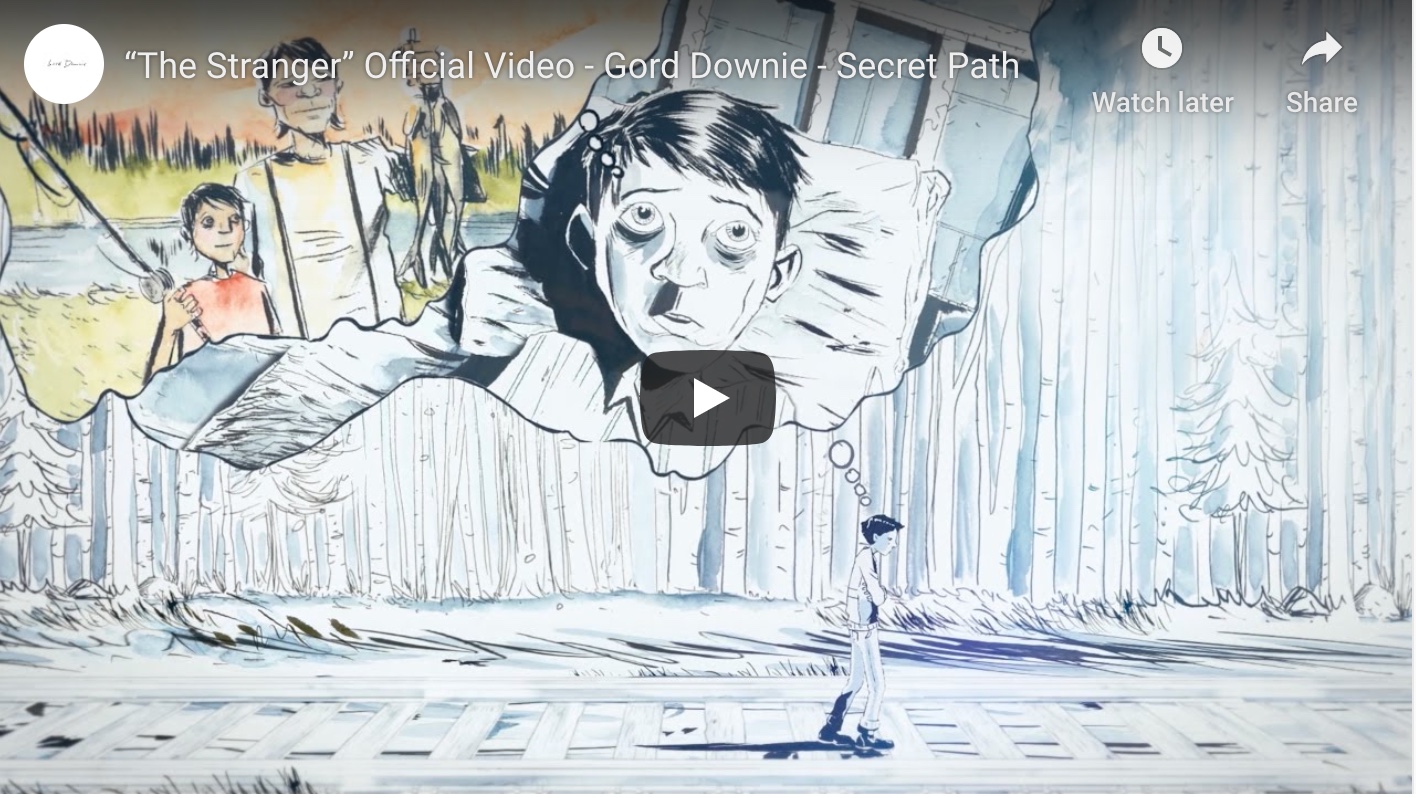
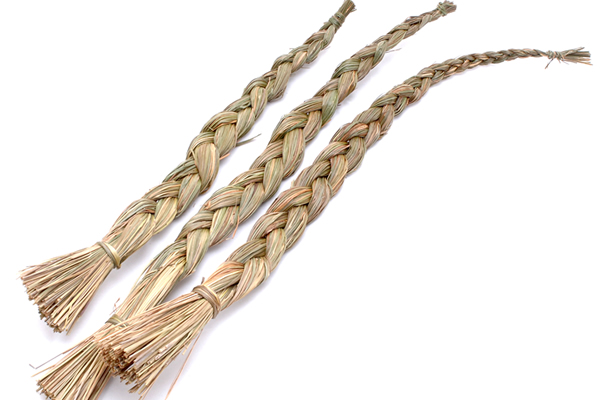 by Indigenous Peoples since time immemorial. Canada's Constitution recognizes three groups of Aboriginal Peoples, each with diverse backgrounds, including individuals with many different goals and priorities -
by Indigenous Peoples since time immemorial. Canada's Constitution recognizes three groups of Aboriginal Peoples, each with diverse backgrounds, including individuals with many different goals and priorities - 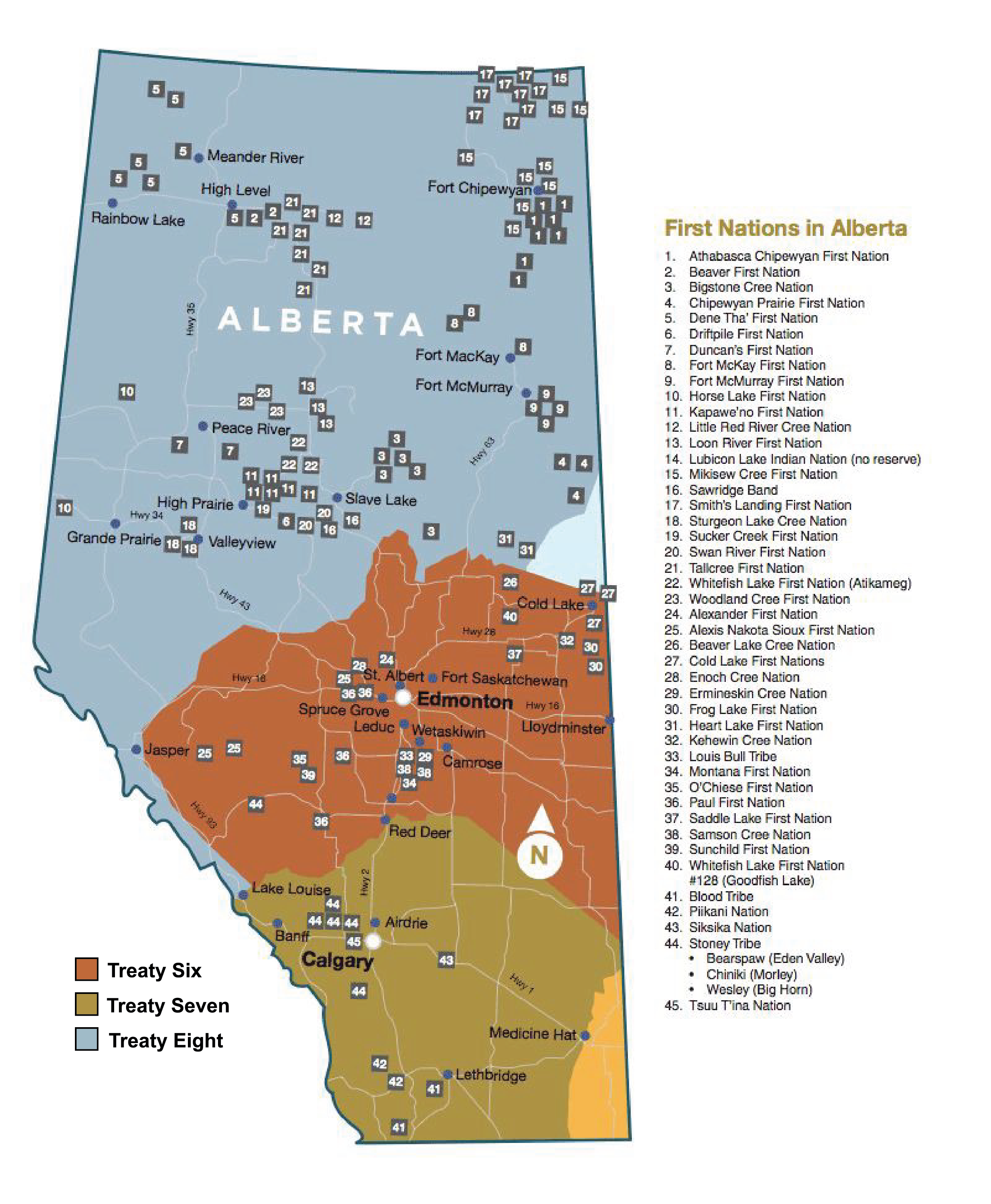
 Treaty rights stem from historical, cultural, spiritual and traditional connections to the land Indigenous Peoples shared. From time immemorial they shared the lands with each other and offered their traditional ways of knowing to settlers. The treaties were signed in good faith, with honour and were deemed as sacred. The gathering of tribal members was like no other as they witnessed a historical event.
Treaty rights stem from historical, cultural, spiritual and traditional connections to the land Indigenous Peoples shared. From time immemorial they shared the lands with each other and offered their traditional ways of knowing to settlers. The treaties were signed in good faith, with honour and were deemed as sacred. The gathering of tribal members was like no other as they witnessed a historical event. 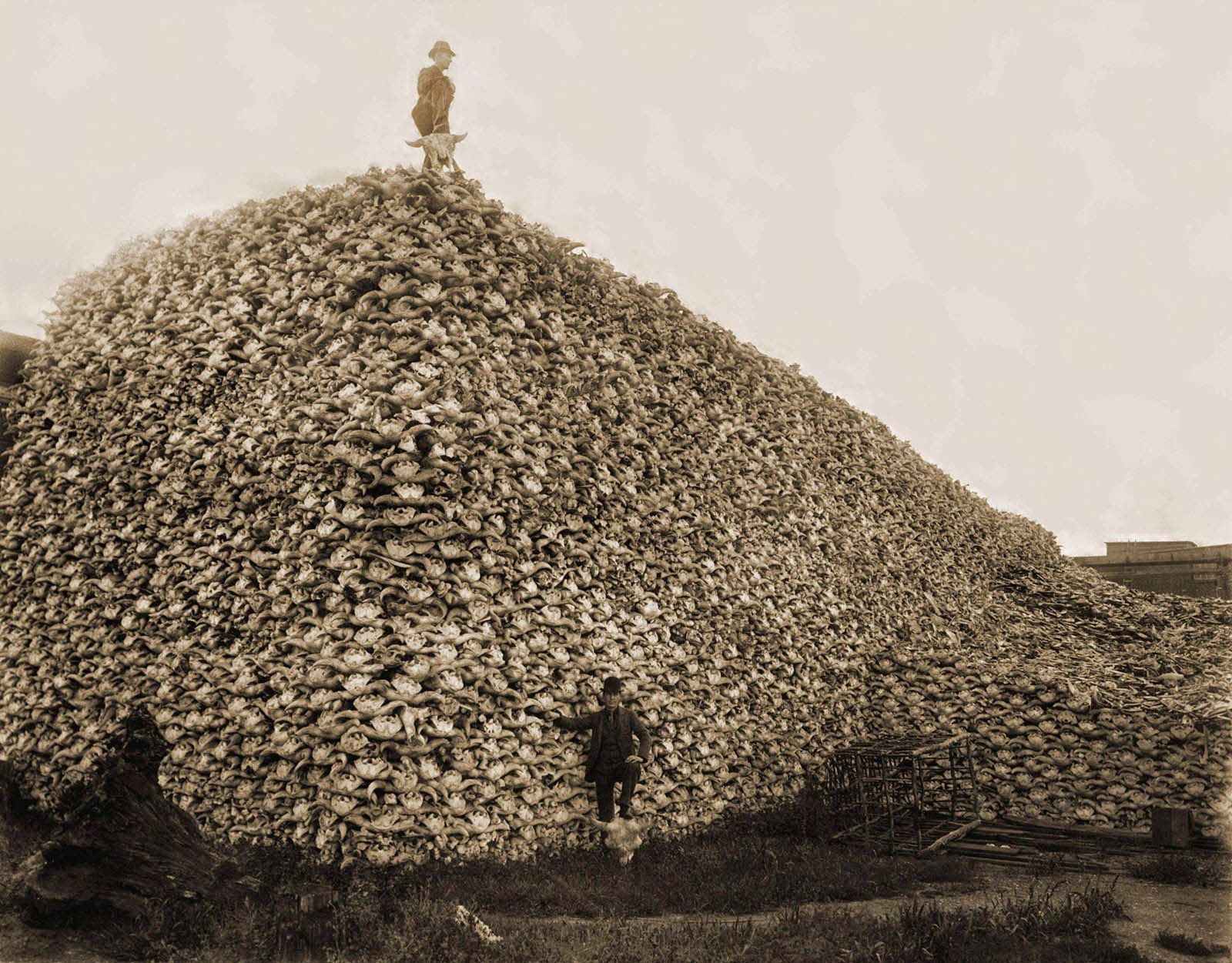 In Canada, treaties are legal documents made between the First Nations people and the Crown. Prior to Confederation, treaties were signed by the British Crown and the First Nations people. Early contact treaties were mostly concerning issues of peace and friendship.
In Canada, treaties are legal documents made between the First Nations people and the Crown. Prior to Confederation, treaties were signed by the British Crown and the First Nations people. Early contact treaties were mostly concerning issues of peace and friendship. 

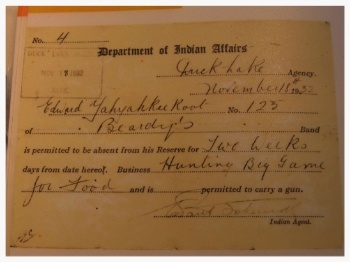
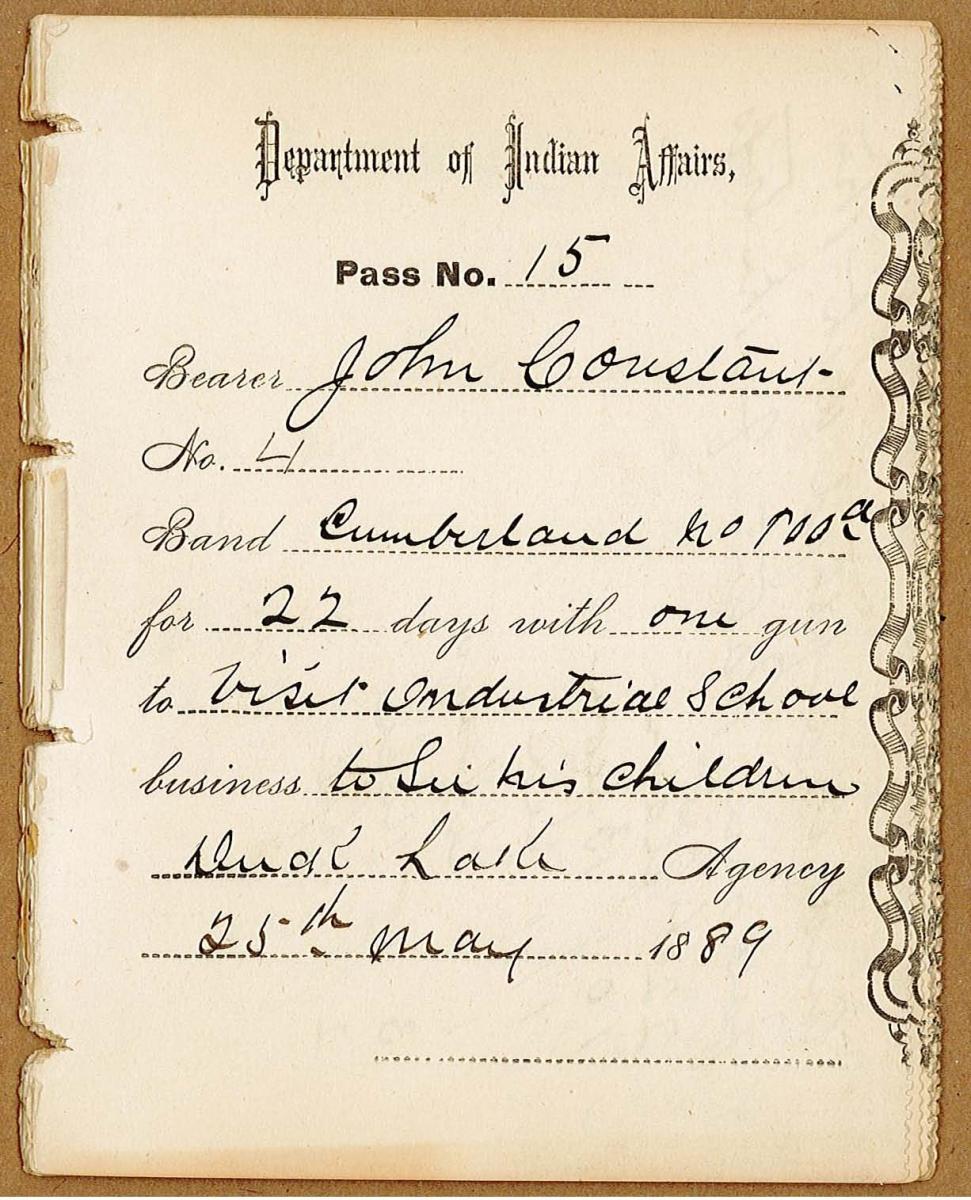

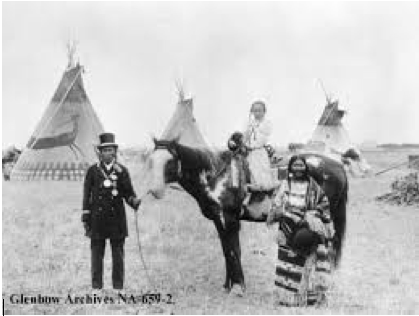 The climate leading up to the signing of Treaty Seven was tumultuous. Smallpox epidemics, the diminishing buffalo herds due to increased competition from Cree and Métis hunters, and the mass slaughter of buffalo on the prairies by non-Indigenous groups to make room for the railroad and settlement were severely impacting communities.
The climate leading up to the signing of Treaty Seven was tumultuous. Smallpox epidemics, the diminishing buffalo herds due to increased competition from Cree and Métis hunters, and the mass slaughter of buffalo on the prairies by non-Indigenous groups to make room for the railroad and settlement were severely impacting communities.
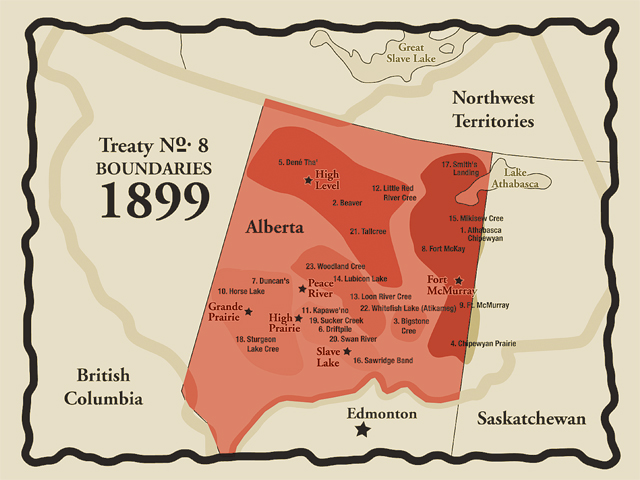
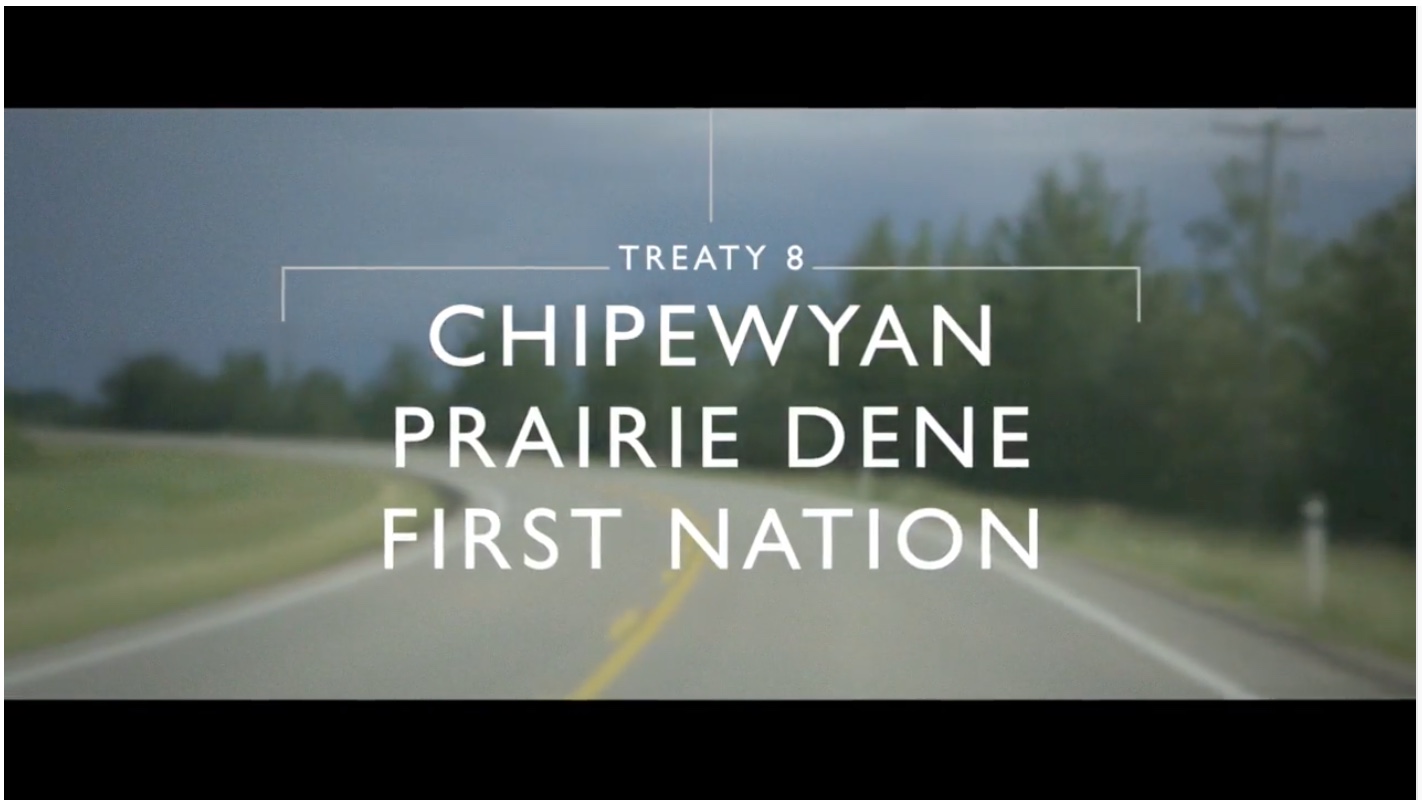
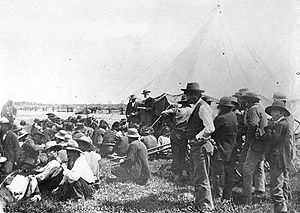 In Treaty Eight, Indian Inspector Henry A. Conroy reported that the Fort St. John Indians were reluctant to adhere to the treaty. He noted that “the Indians at this place are very independent and cannot be persuaded to take treaty...they did not want to take treaty...and had no trouble in making their own living.”
In Treaty Eight, Indian Inspector Henry A. Conroy reported that the Fort St. John Indians were reluctant to adhere to the treaty. He noted that “the Indians at this place are very independent and cannot be persuaded to take treaty...they did not want to take treaty...and had no trouble in making their own living.” 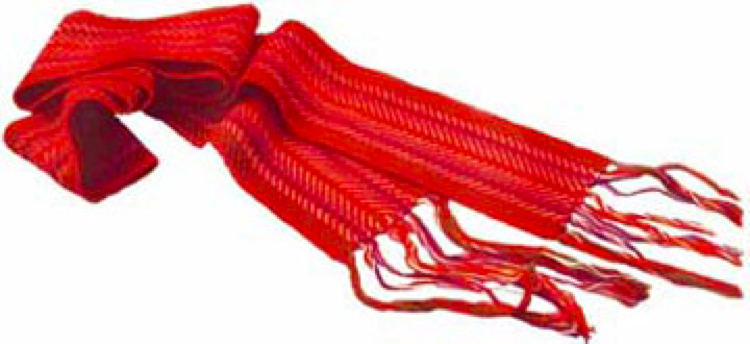
 communities developed along the routes of the fur trade and across the Northwest within the Métis Nation Homeland. Their homeland includes the three Prairie provinces (Manitoba, Saskatchewan and Alberta), as well as parts of Ontario, British Columbia, the Northwest Territories and the Northern United States
communities developed along the routes of the fur trade and across the Northwest within the Métis Nation Homeland. Their homeland includes the three Prairie provinces (Manitoba, Saskatchewan and Alberta), as well as parts of Ontario, British Columbia, the Northwest Territories and the Northern United States 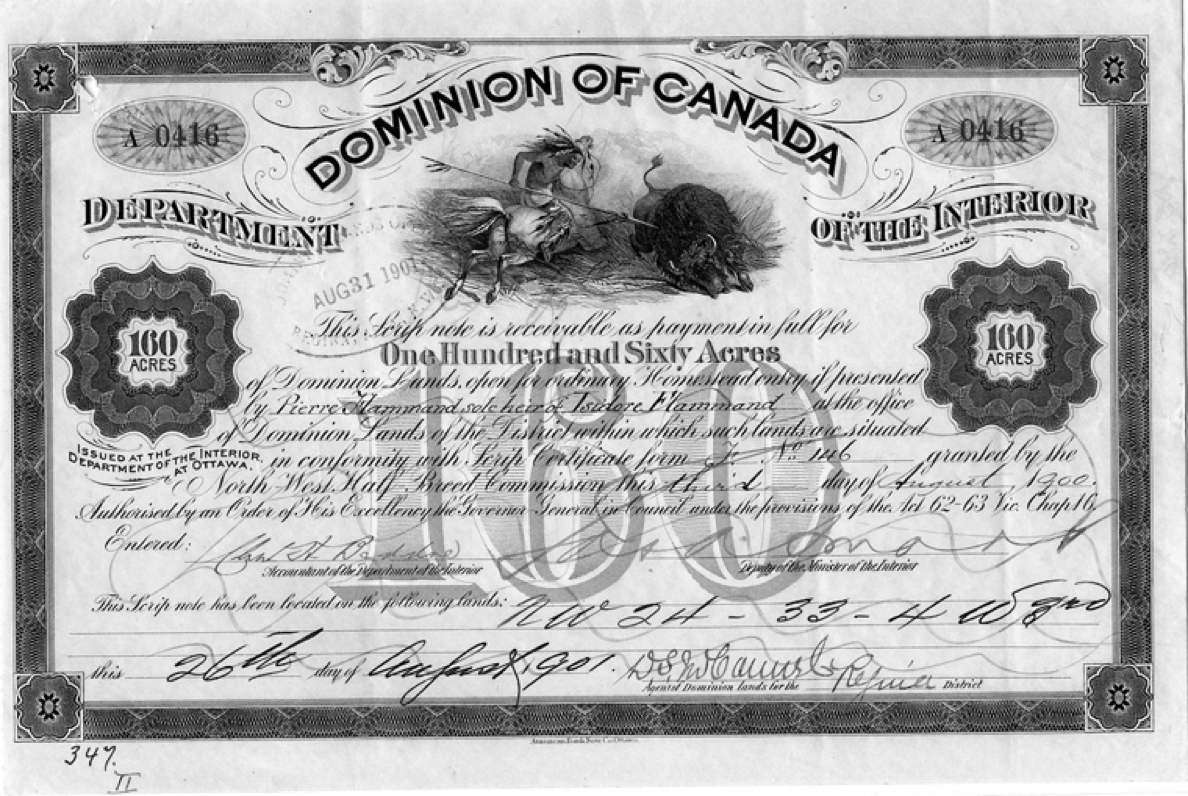 Acres, or $240 or 240 Acres. The catch was that the
Acres, or $240 or 240 Acres. The catch was that the 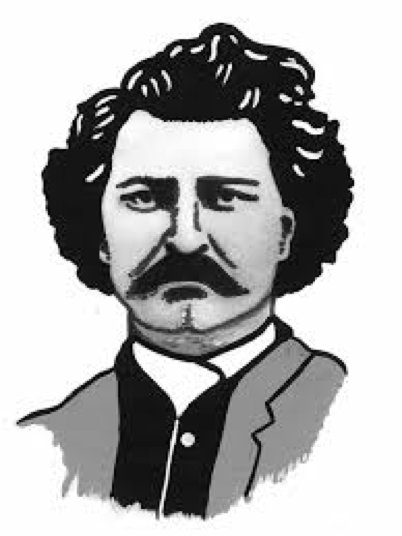 Métis concerns were exacerbated by Canadian attempts to re-survey the settlement's river-lot farms — typically long, narrow lots fronting the local rivers, which had been laid out according to the seigneurial system of New France, in contrast to the square lots preferred by the English. Many Métis did not have clear title to their land and although Ottawa intended to respect Métis occupancy rights, no assurances were given by the government that this would be the case. The Métis therefore feared the loss of their farms.
Métis concerns were exacerbated by Canadian attempts to re-survey the settlement's river-lot farms — typically long, narrow lots fronting the local rivers, which had been laid out according to the seigneurial system of New France, in contrast to the square lots preferred by the English. Many Métis did not have clear title to their land and although Ottawa intended to respect Métis occupancy rights, no assurances were given by the government that this would be the case. The Métis therefore feared the loss of their farms. 
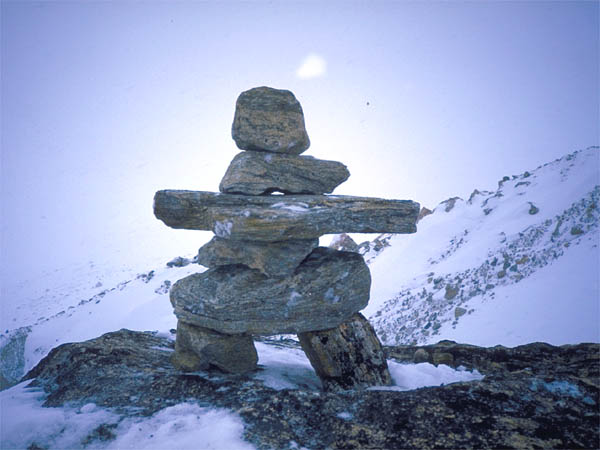

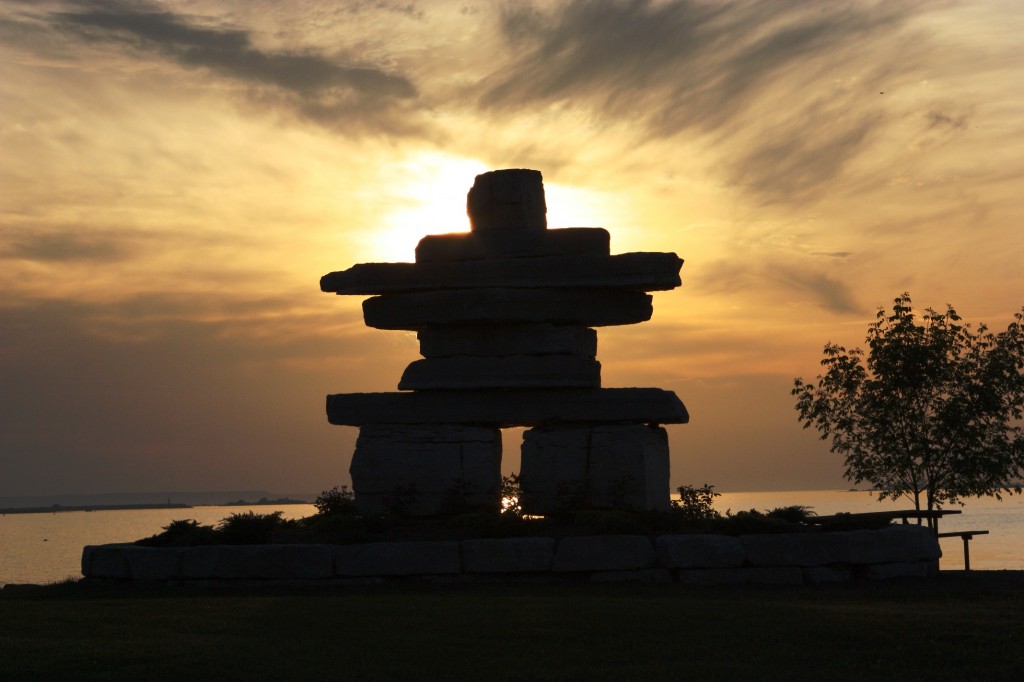 Inuit Qaujimajatuqangit is Inuktitut for “Inuit traditional knowledge” and is a celebrated way that Inuit history and knowledge is specifically shared and taught to younger people by elders. Traditional knowledge is incorporated into schools, government offices and other facilities.
Inuit Qaujimajatuqangit is Inuktitut for “Inuit traditional knowledge” and is a celebrated way that Inuit history and knowledge is specifically shared and taught to younger people by elders. Traditional knowledge is incorporated into schools, government offices and other facilities. 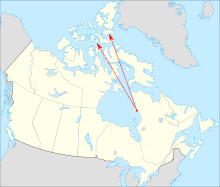 The High Arctic Relocation Program was created by the government. Eighty-seven Inuit were relocated further north. Inuit from Inukjuak, a community in northern Quebec, were moved to Grise Fiord and Resolute, in what is now northern Nunavut. Another three families from Pond Inlet, Nunavut, were also moved north to help the Inukjuaq families adjust to their new surroundings.
The High Arctic Relocation Program was created by the government. Eighty-seven Inuit were relocated further north. Inuit from Inukjuak, a community in northern Quebec, were moved to Grise Fiord and Resolute, in what is now northern Nunavut. Another three families from Pond Inlet, Nunavut, were also moved north to help the Inukjuaq families adjust to their new surroundings.
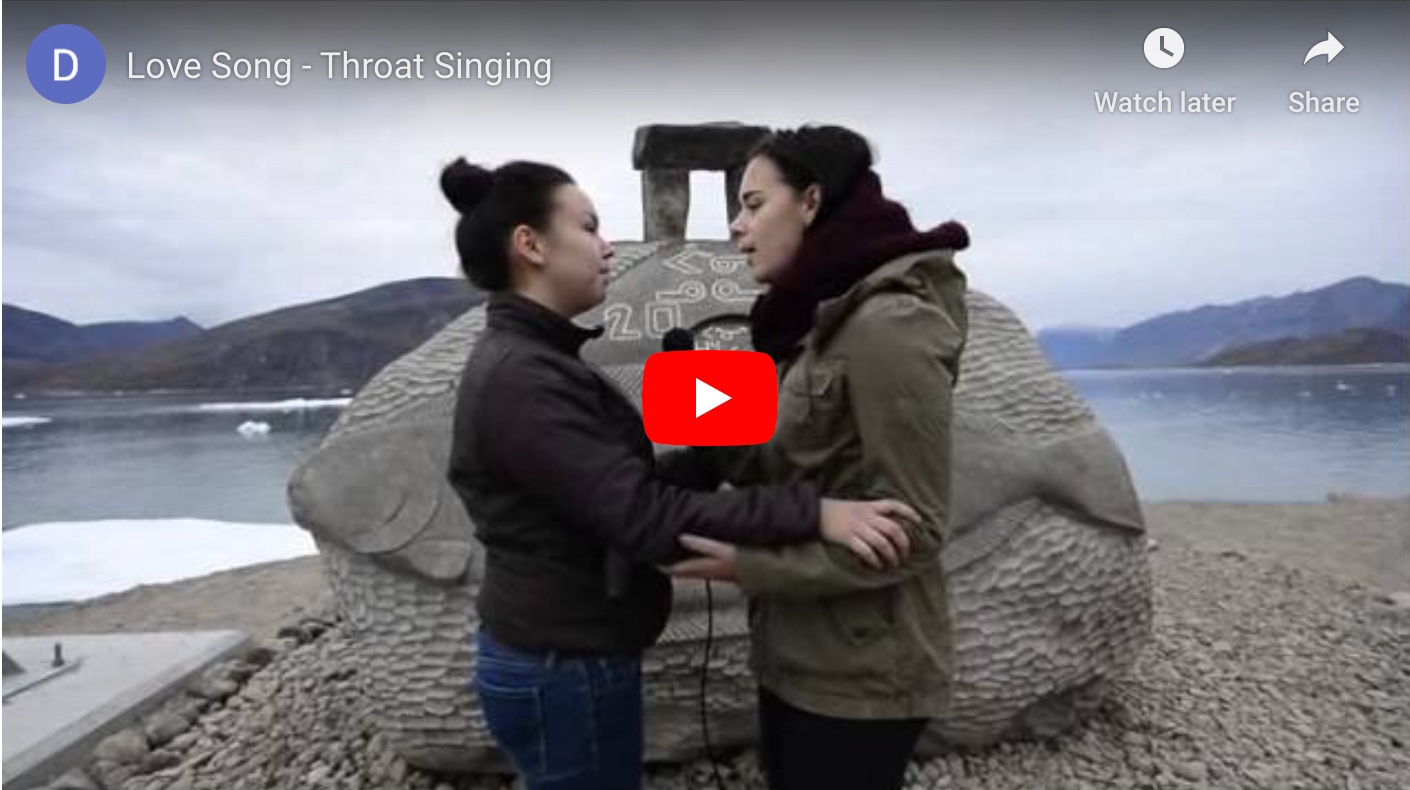

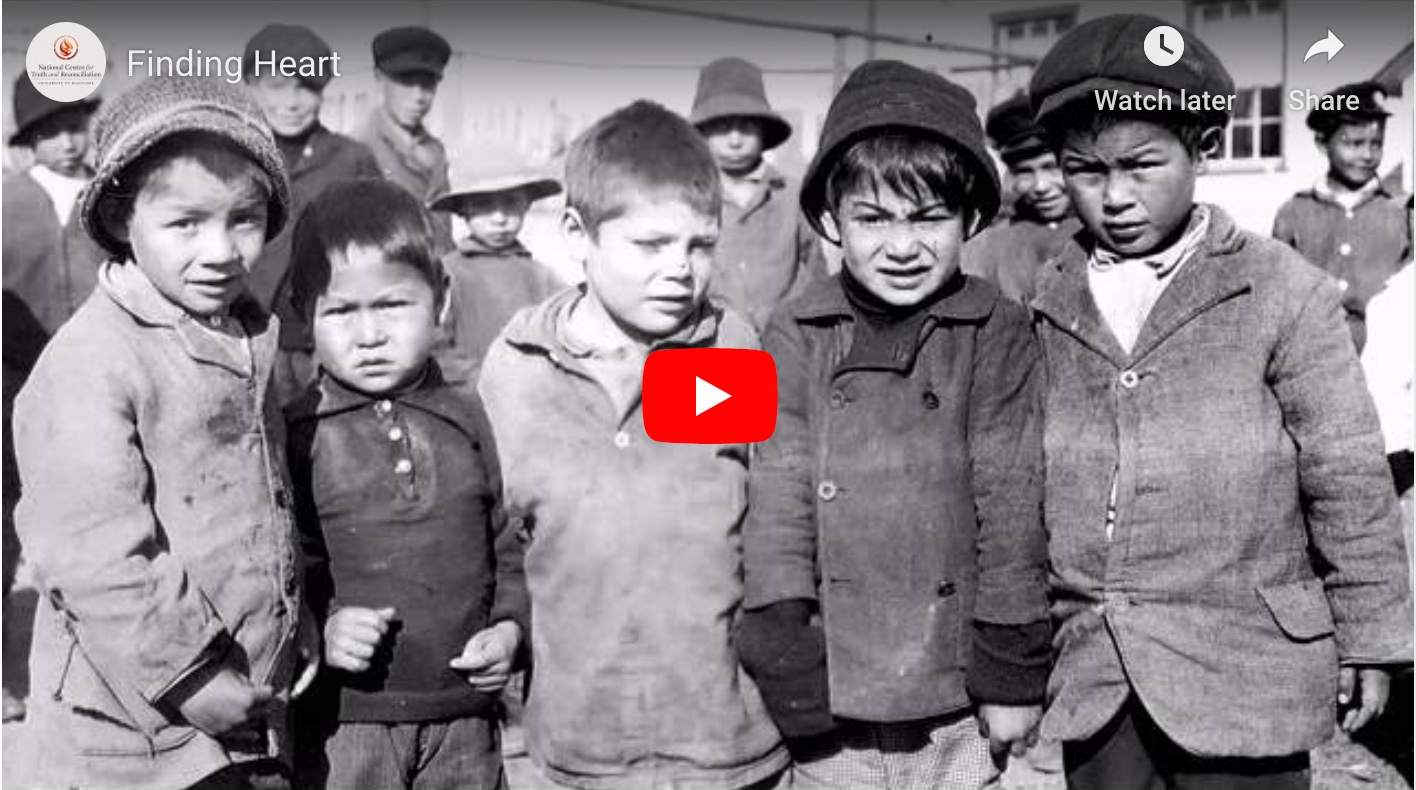
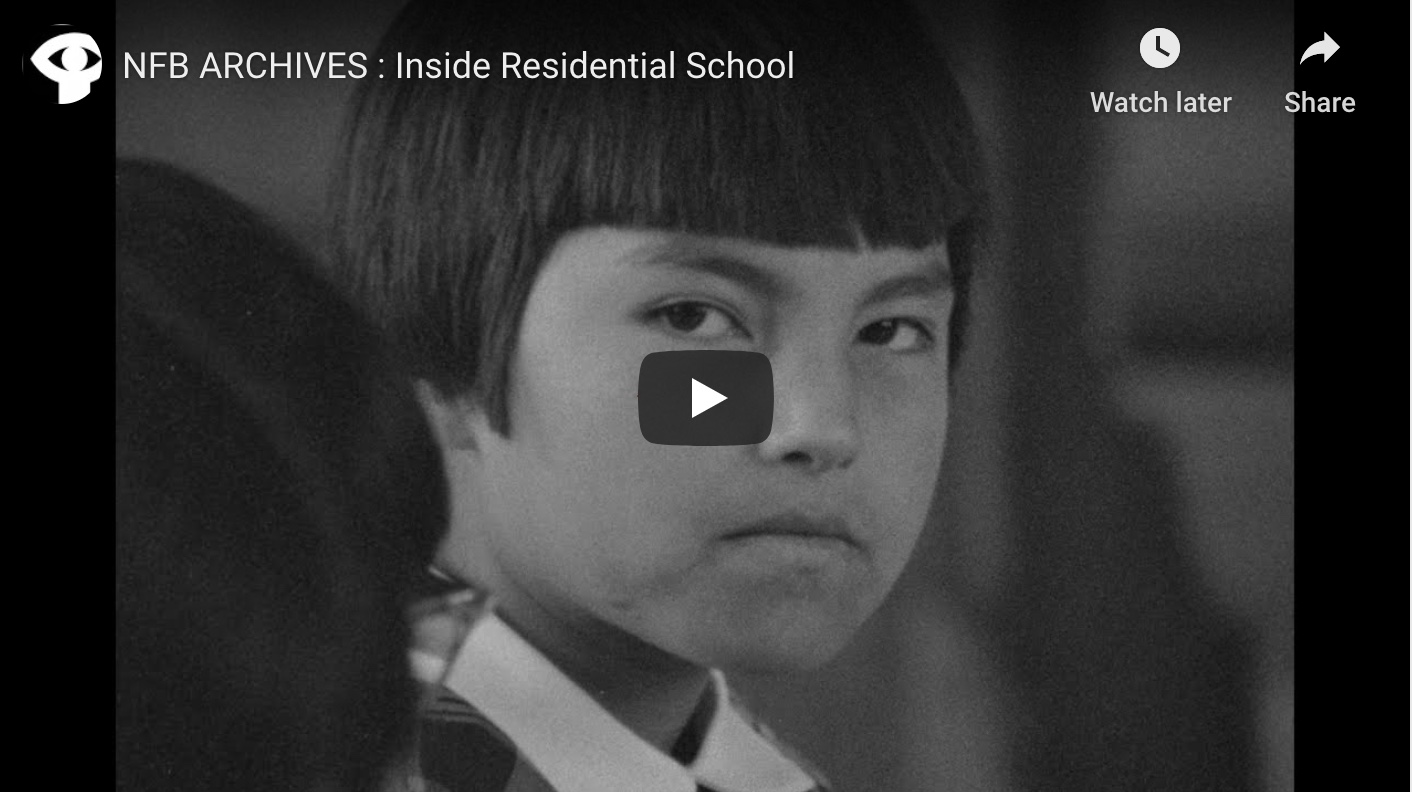
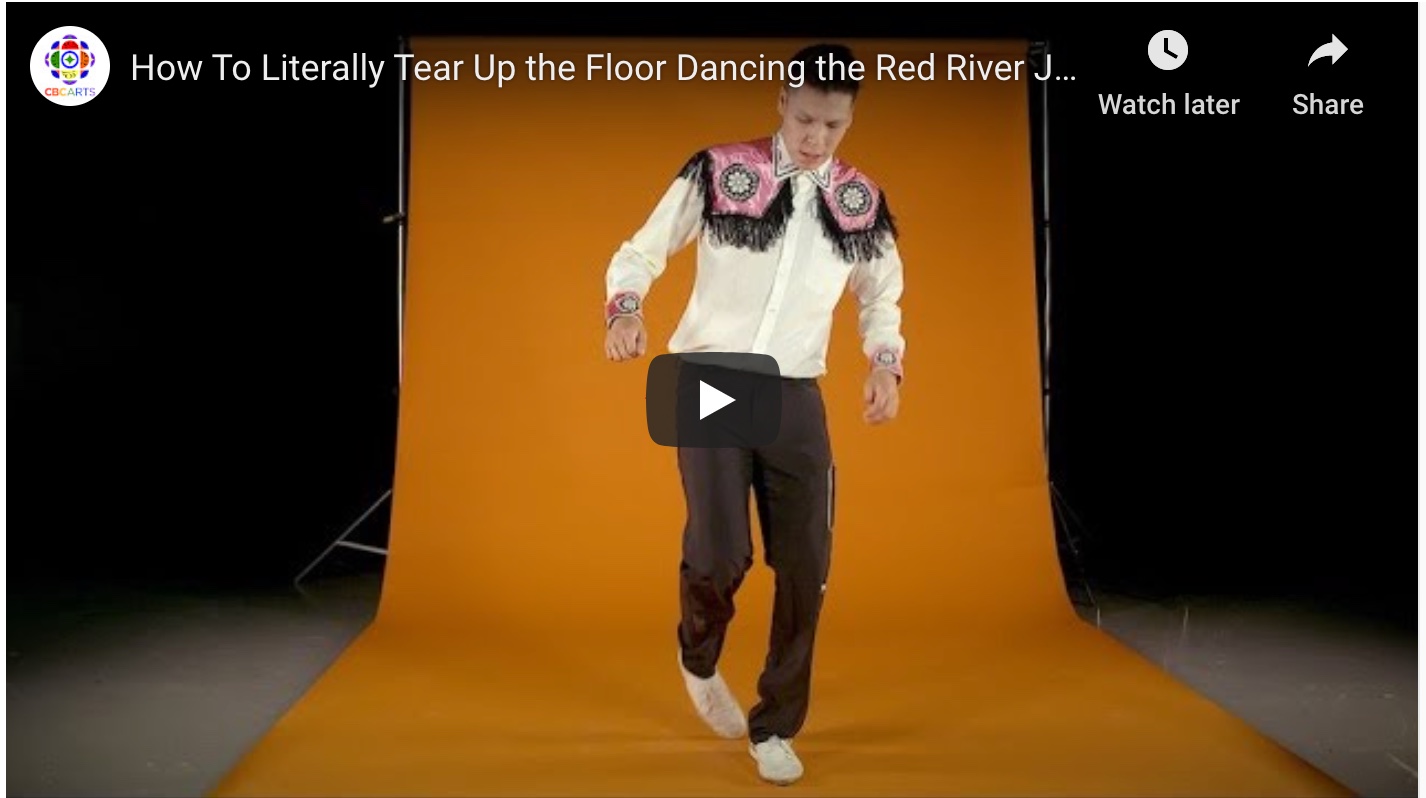
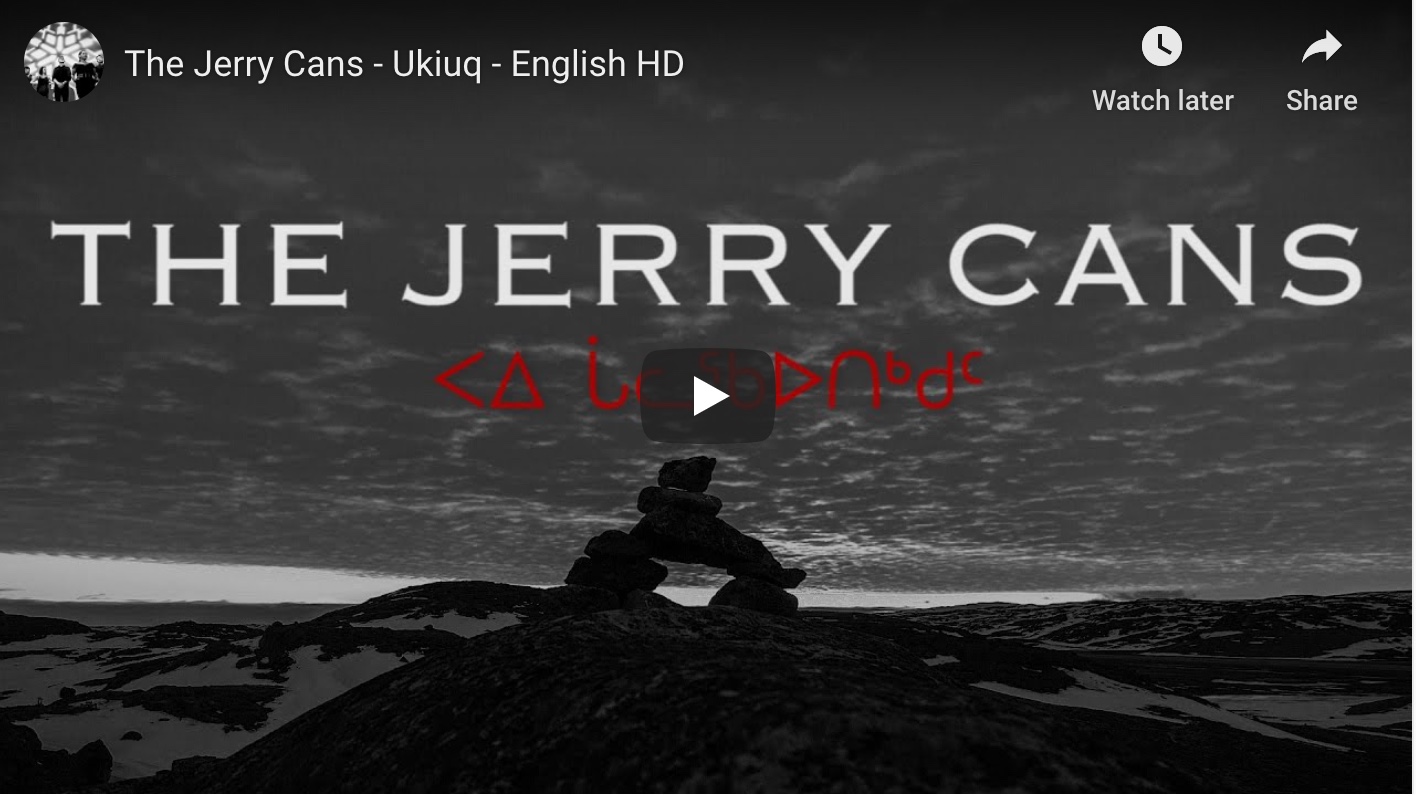
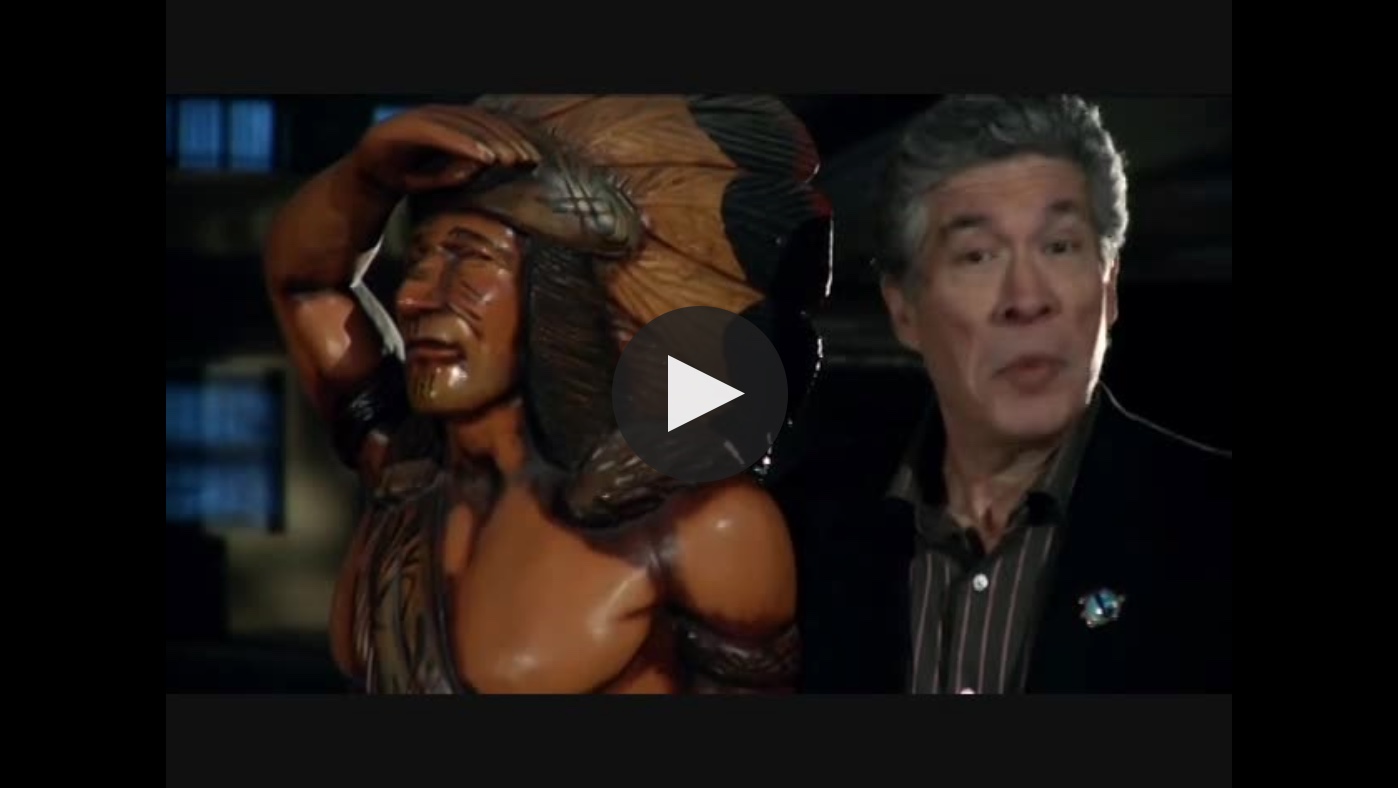
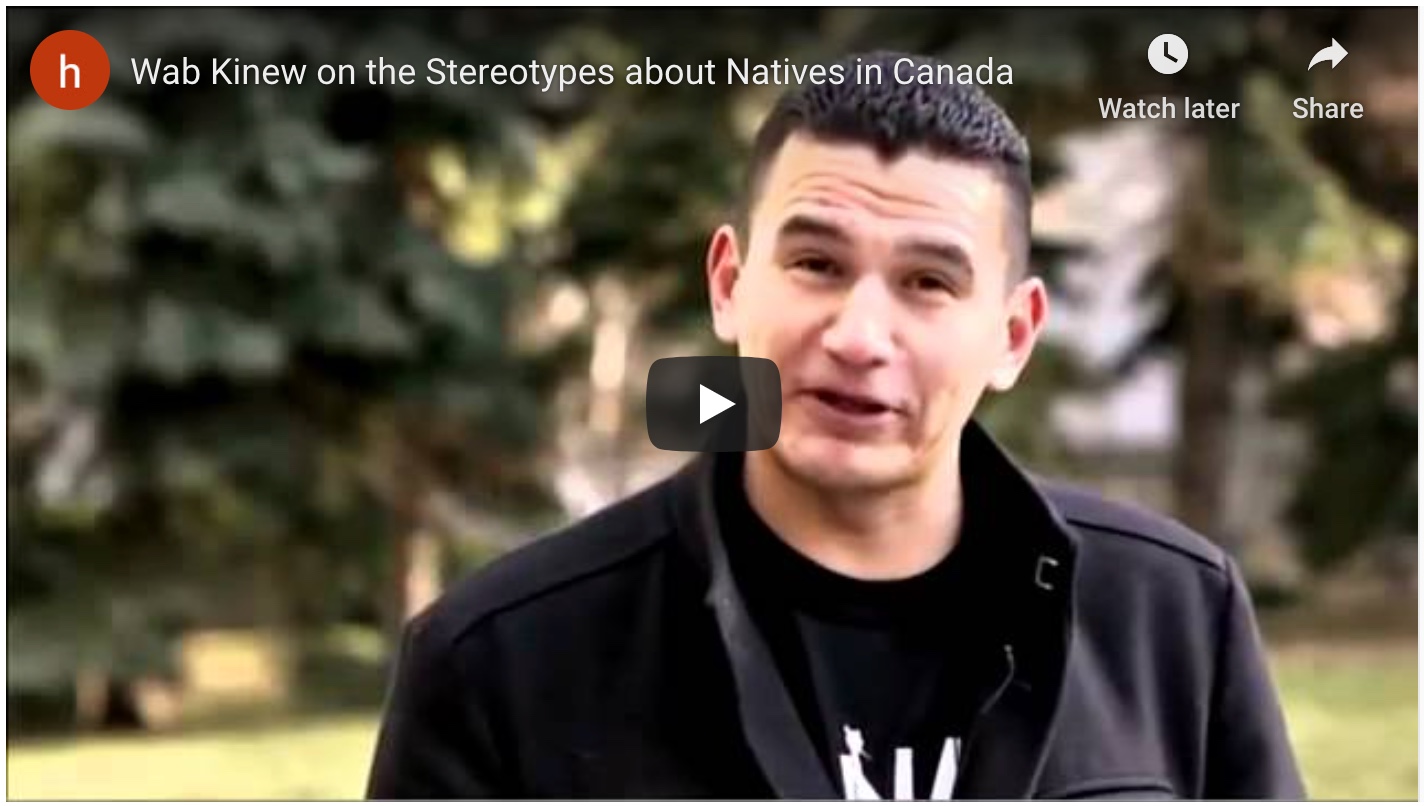
 the Government of Canada, church organizations, and residential school survivors in September 2007.
the Government of Canada, church organizations, and residential school survivors in September 2007. 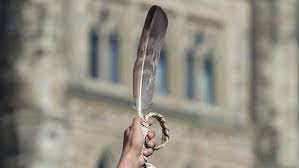 Sec. 93 states that it is our collective responsibility to contribute to reconciliation. This not only falls to current Canadians, but future generations of Canadians including immigrants and refugees. Sec. 93 also identifies how individuals can participate in this process.
Sec. 93 states that it is our collective responsibility to contribute to reconciliation. This not only falls to current Canadians, but future generations of Canadians including immigrants and refugees. Sec. 93 also identifies how individuals can participate in this process.